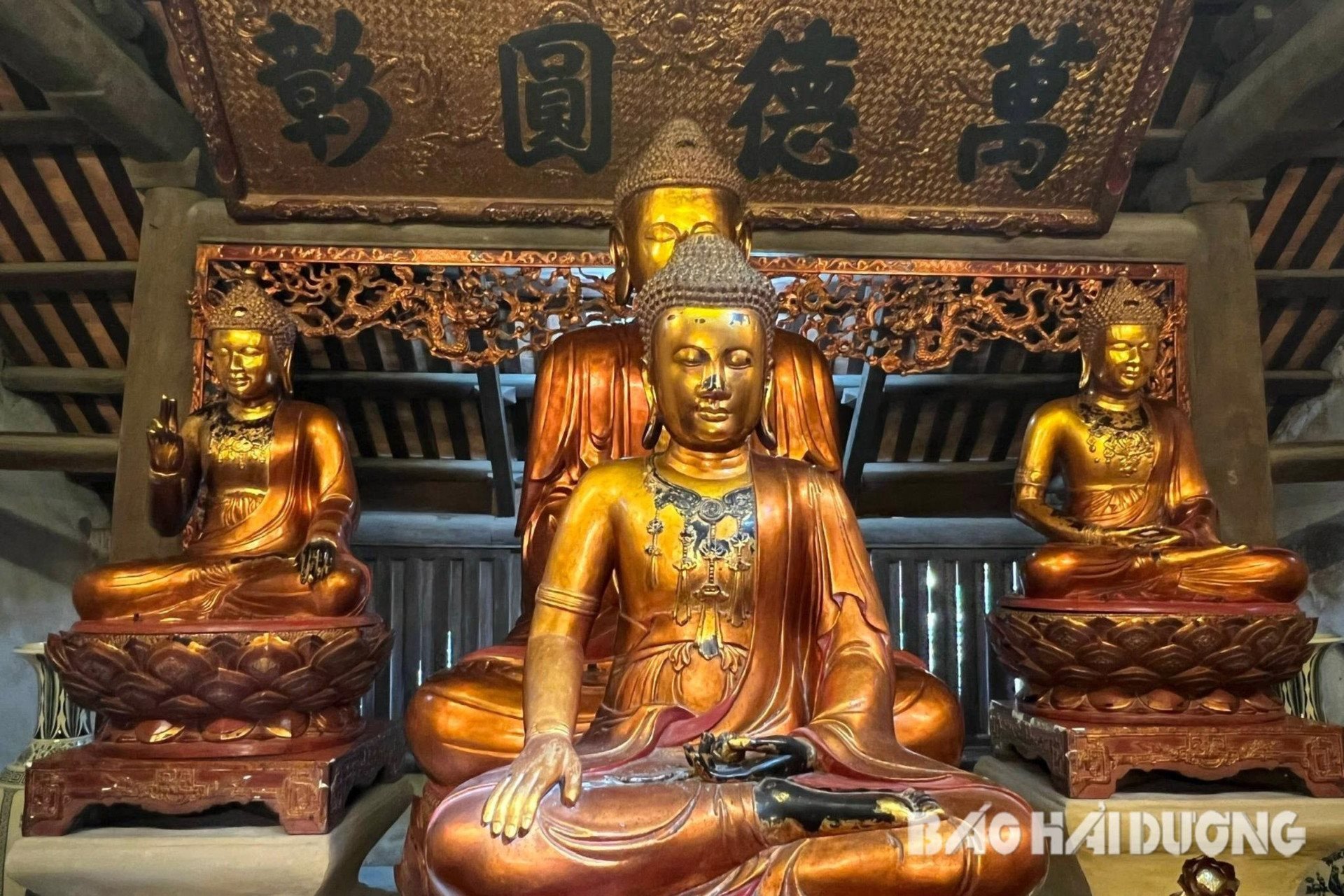
Some features of Buddhism
Buddhism was born in India in the 6th century BC, initiated by Sakyamuni. This religion developed quite quickly, then spread to East Asian and Southeast Asian countries from the beginning of the Christian era.
Buddhism is divided into two branches, the southern branch is called Hinayana or Southern Buddhism, transmitted to Vietnam through the South; the northern branch is called Mahayana, transmitted to China and then to Vietnam, around the third century. Northern Buddhism mainly follows the Mahayana sect.
Over nearly two thousand years, “Buddhism in Vietnam has also undergone many changes, from foreign to indigenous, from a region to the whole country, from simple to profound and majestic” (History of Vietnamese Buddhism). It has also gone through ups and downs over time to survive and develop to this day.
Along with Buddhism, there were also Confucianism and Taoism from China to Vietnam from the beginning of the Christian era. In Vietnam, these three religions do not contradict each other but complement each other in religious activities, creating the characteristic of Vietnamese religion as "three religions of the same origin". These religions have also been Vietnamized in some areas.
After the successful resistance war against the Yuan army, the leaders of Dai Viet were confident and resilient, and needed a religion and a school of thought of their own. Therefore, in the early 14th century, the Truc Lam Zen sect of Vietnam was born, established by the Buddhist Emperor Tran Nhan Tong, with the declaration "Living in the world and enjoying the Dharma", creating a new vitality for Vietnamese Buddhism, both indigenous and easy to practice and enter the world.
If Prince Sakyamuni attained enlightenment under the Bodhi tree in India, then in Vietnam, there was the Buddhist Emperor Tran Nhan Tong who attained enlightenment under the bamboo forest of Yen Tu in Vietnam. In the early 16th century, Christianity was introduced to Vietnam, including Hai Duong, and was also peacefully and respectfully accepted by our people. This religion developed strongly in the 19th century.
In Hai Duong, Confucian scholars also had parallel sentences to celebrate the inauguration of the church. Religions introduced into Vietnam must be Vietnamized, otherwise it will be difficult to survive, let alone develop, because the Vietnamese Fatherland is above all. That is why the village communal house, representing the rule of law and theocracy at the commune level, is always in a solemn position, in front of religious buildings.
Buddhism was joyfully welcomed by the court and the people in Vietnam, as a worldly religion, contributing to the construction and protection of the Fatherland. During the Dinh Dynasty, there was Khuong Viet Ngo Chan Luu Zen Master, with that title enough to know how conscious the National Masters were of their Fatherland. In 971, he had the merit of building Dong Ngo Pagoda (Hai Duong City). In the ancient capital of Hoa Lu (Ninh Binh), there is a Buddhist scripture column carved in 1054 as evidence of the court's interest in Buddhism.
The Ly Dynasty was born with the active contribution of Zen masters. This was also the dynasty that left behind many great historical and cultural legacies with Buddhist form and content, typically Long Doi Pagoda, in Tien Son Commune, Duy Tien Town (Ha Nam) built in 1054, followed by the Sung Thien Dien Linh stele, carved and erected in the second year of Thien Phu Due Vu (1121), now a National Treasure. In Hai Duong, there are many pagodas built during the Ly Dynasty.
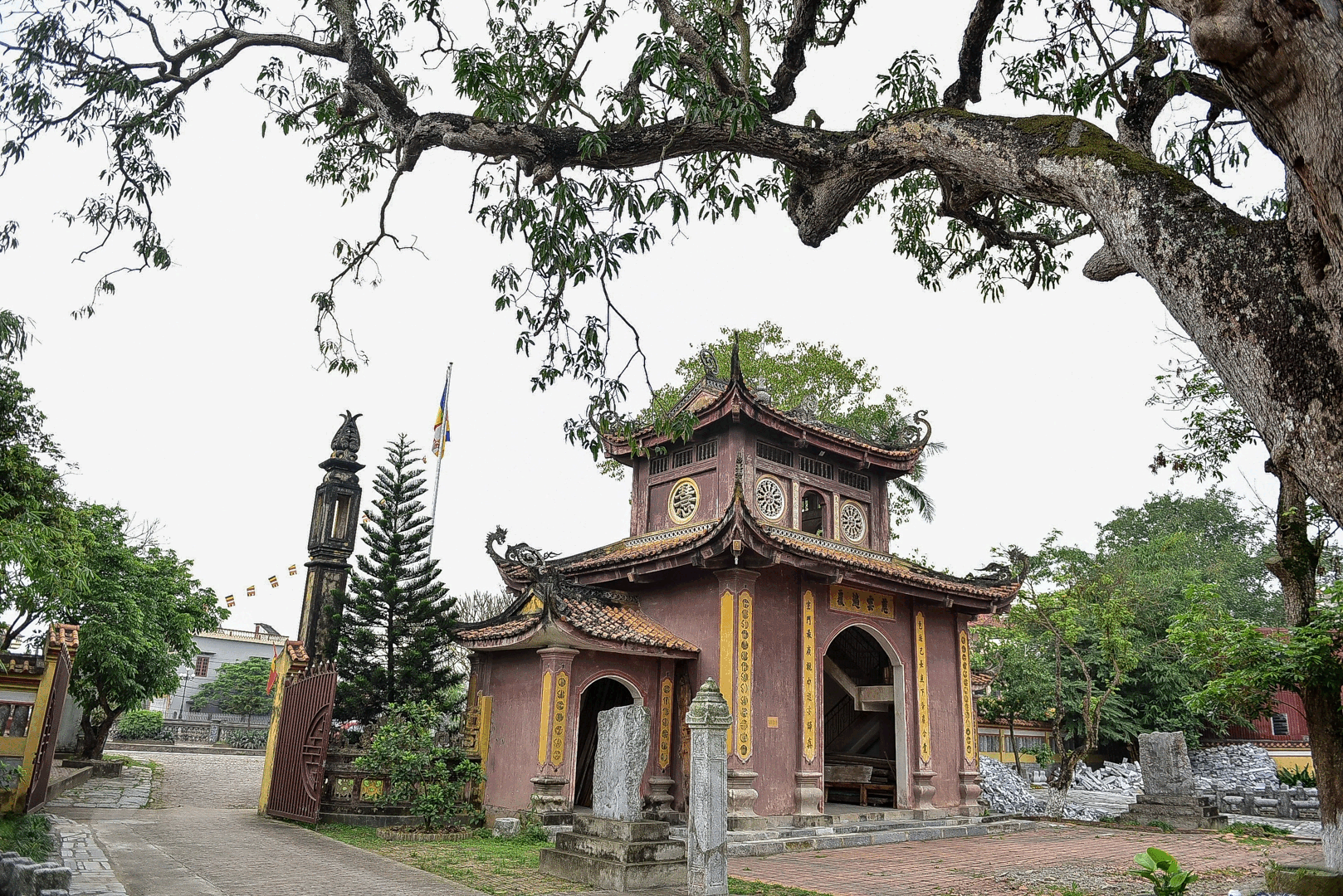
Unprecedented Renaissance
Like the whole country, in Hai Duong province, Buddhism peacefully developed throughout the Dinh, Tien Le, Ly, Tran, Hau Le, Mac and Nguyen dynasties, developing from the capital to the villages. Quang Khanh Pagoda (Kim Thanh) has a scale of over 200 rooms. Before the August Revolution in 1945, almost every village had a pagoda. During the two wars against the French colonialists and the American imperialists, religious activities faced many difficulties, pagodas and towers were lost, because the whole country focused on the cause of national liberation and national unification.
After the renovation, the Party and the State paid attention to religious and belief structures, including Buddhism, which was revived. Religious structures were restored and embellished, with some even more magnificent than before the August Revolution. Currently, Hai Duong province has over 1,000 large and small pagodas, led by hundreds of monks and tens of thousands of followers.
Throughout history, there have been famous monks and nuns who contributed to the cause of building and defending the Fatherland, typically Phap Loa (Nam Sach), who can be said to be unprecedented in the East.
Buddhism also left behind an immense legacy of architecture, steles, Buddha statues… which have now become national treasures. Protecting that legacy belongs to the entire people, but the most important responsibility belongs to the monks and nuns.
Confucianism, Buddhism, and Taoism are all foreign religions, introduced into Vietnam nearly 2,000 years ago. During their existence and development, they have absorbed positive elements from each other along with indigenous beliefs, creating the unique characteristics of Vietnamese Buddhism. In the East, the Truc Lam and Cao Dong Zen sects are also deeply influenced.
After nearly 2,000 years, through many ups and downs, the ideas of Taoism and Confucianism still exist in folk beliefs and in modern Buddhism, but their activities as a religion are obscure. Meanwhile, Buddhism in general and Eastern Buddhism in particular have existed and revived like never before in the history of the nation. That is the pride of monks, nuns and Buddhists.
However, every glory comes with responsibility. The people's aspirations are that the dignitaries will carry out the Buddha's teachings: "Selfless and altruistic", live in harmony with nature, in harmony with national beliefs, implement the State's policies well, live in the world but still follow the path of the past, and maintain the Doctrine of the Mean in their conduct. Only then will Buddhism have enough prestige to survive and develop. That is also the belief and aspiration of the people.
TANG BA HOANHSource


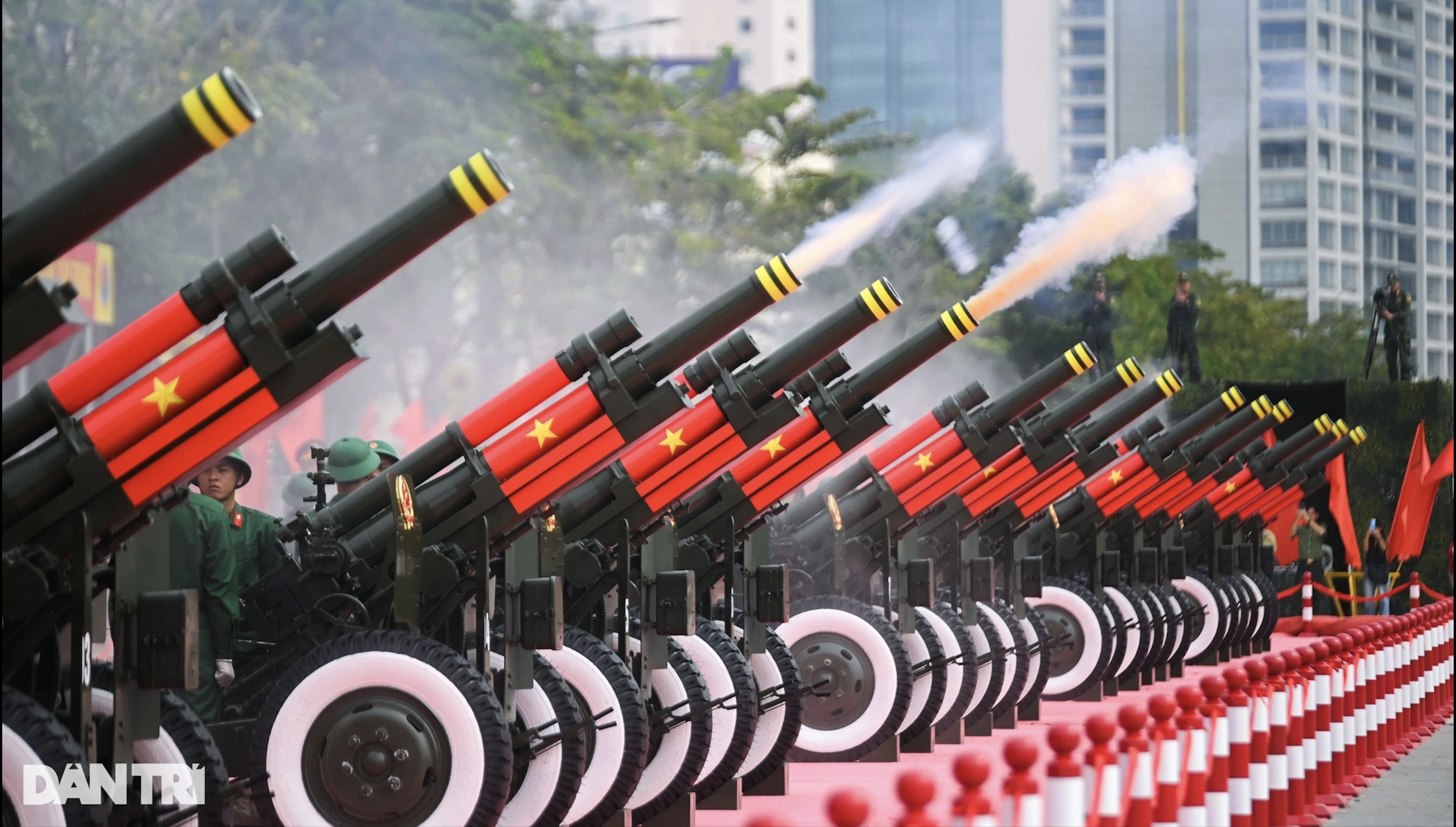



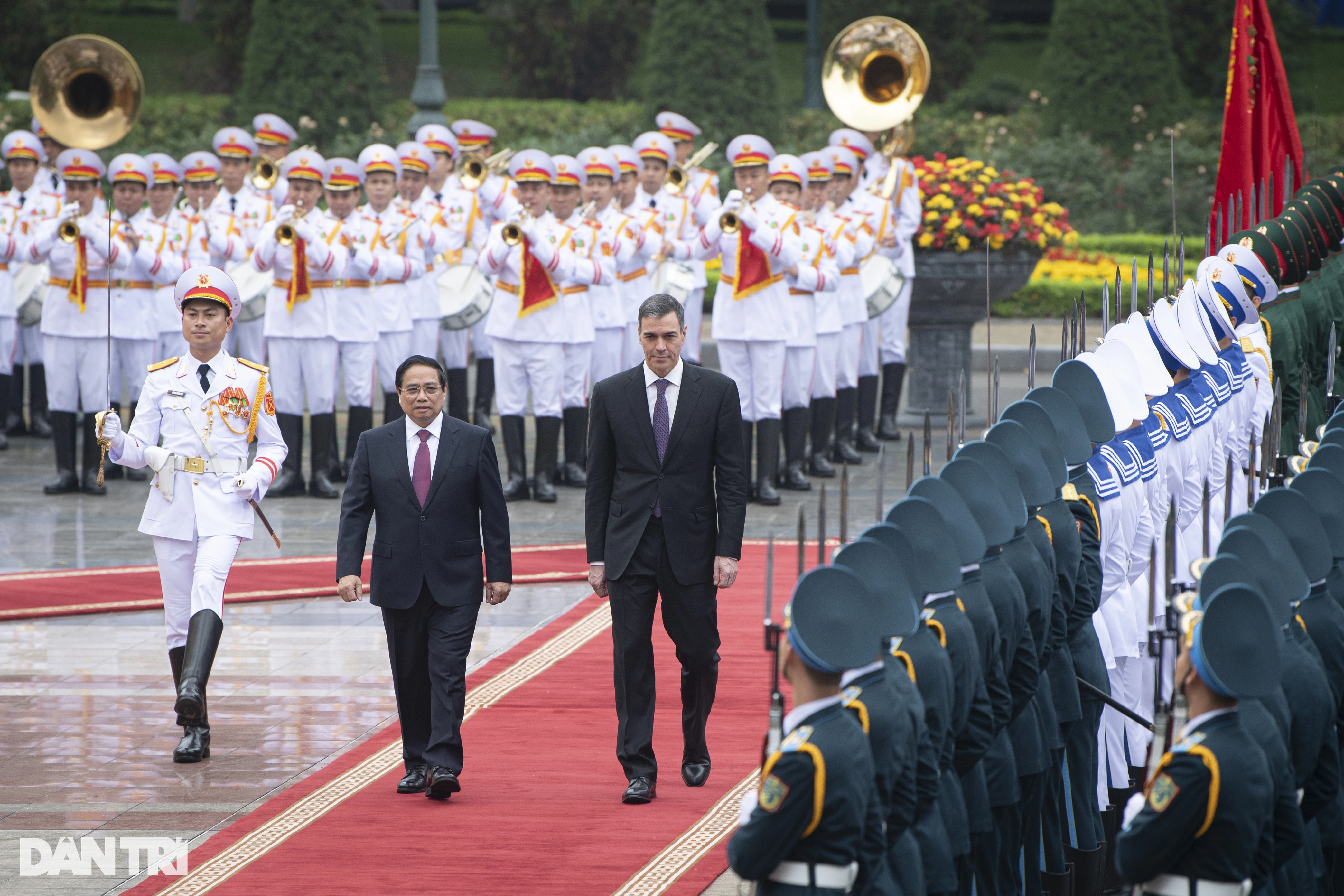

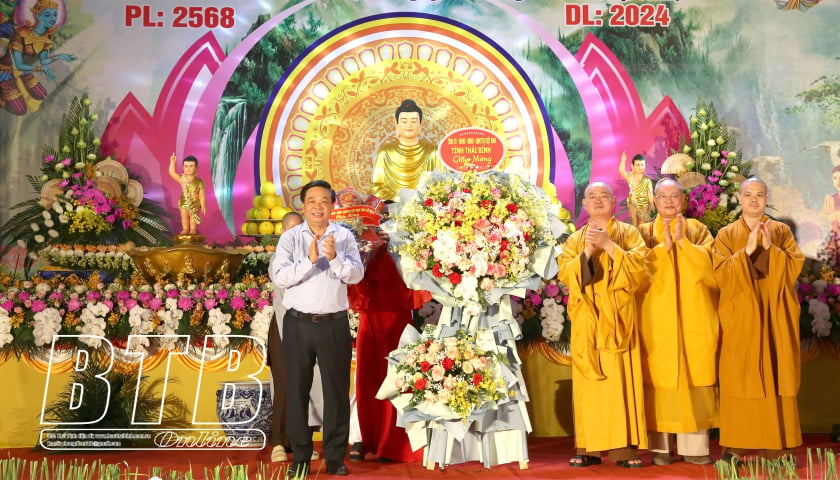
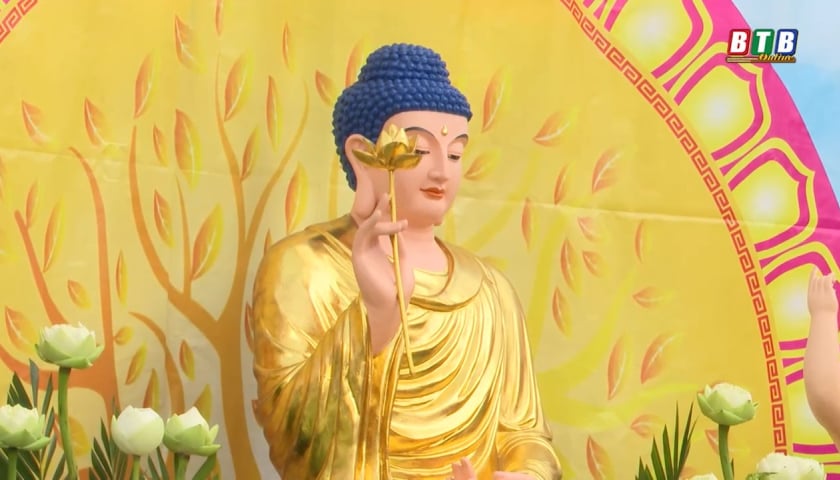

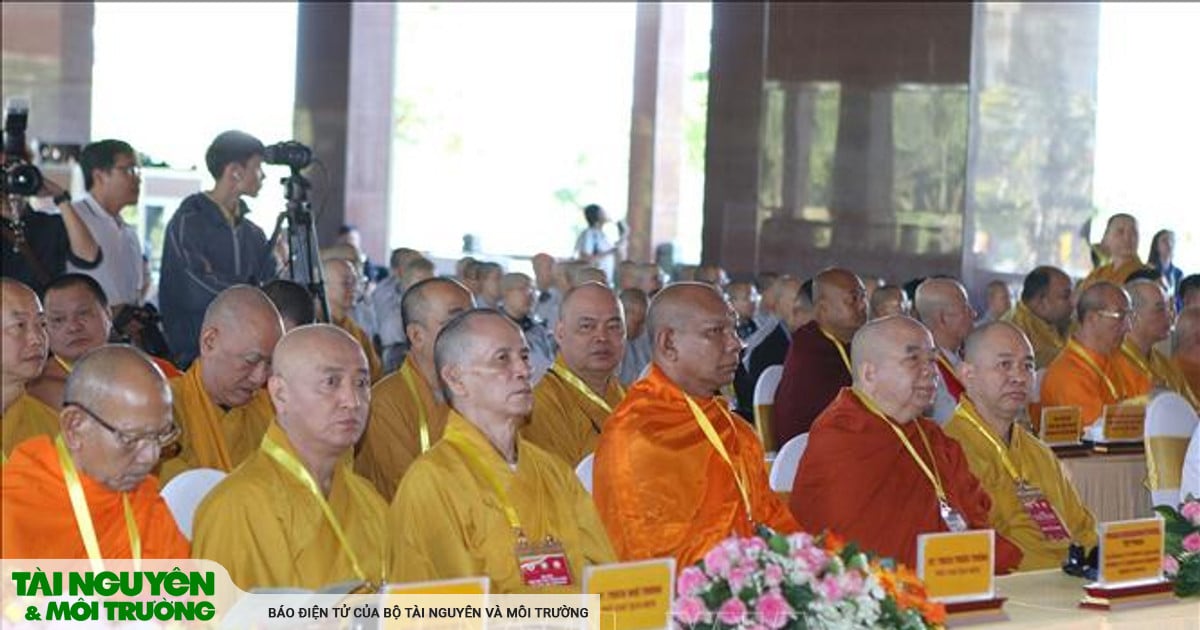

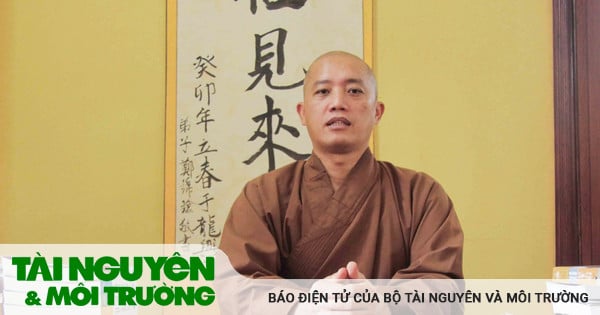
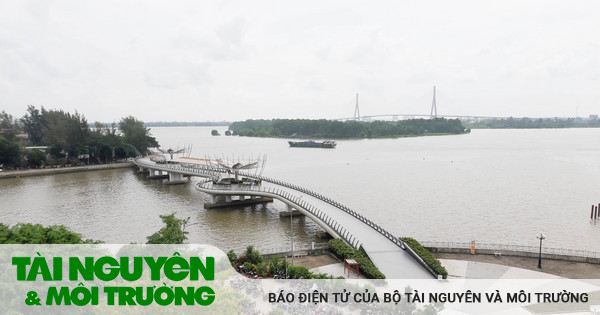
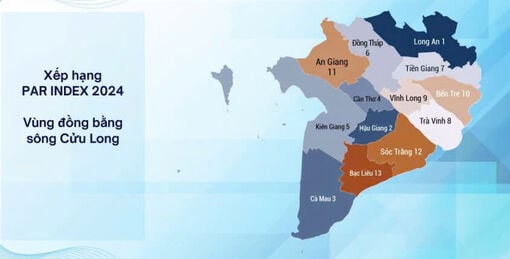

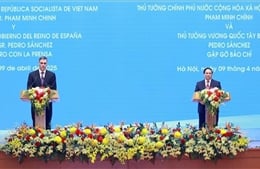




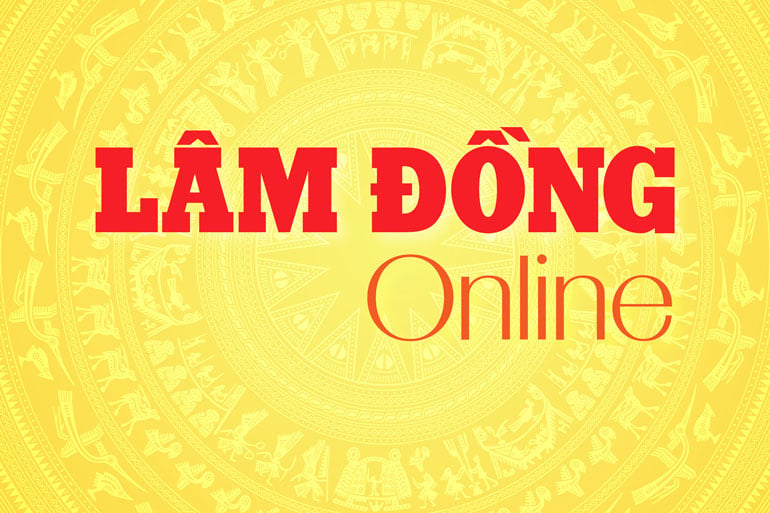
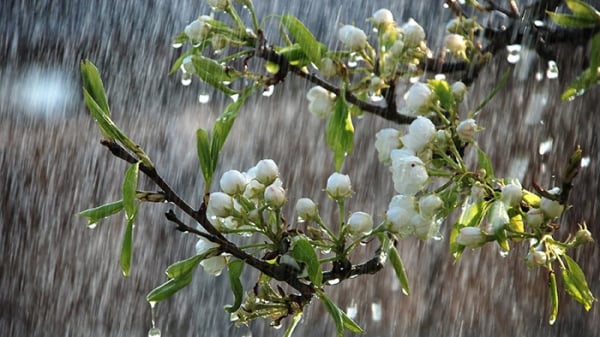
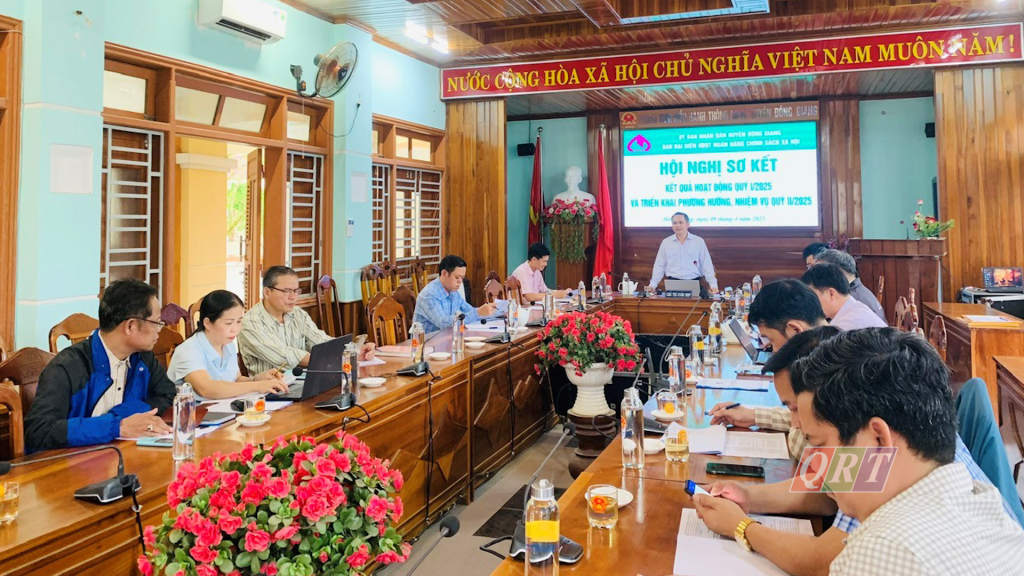
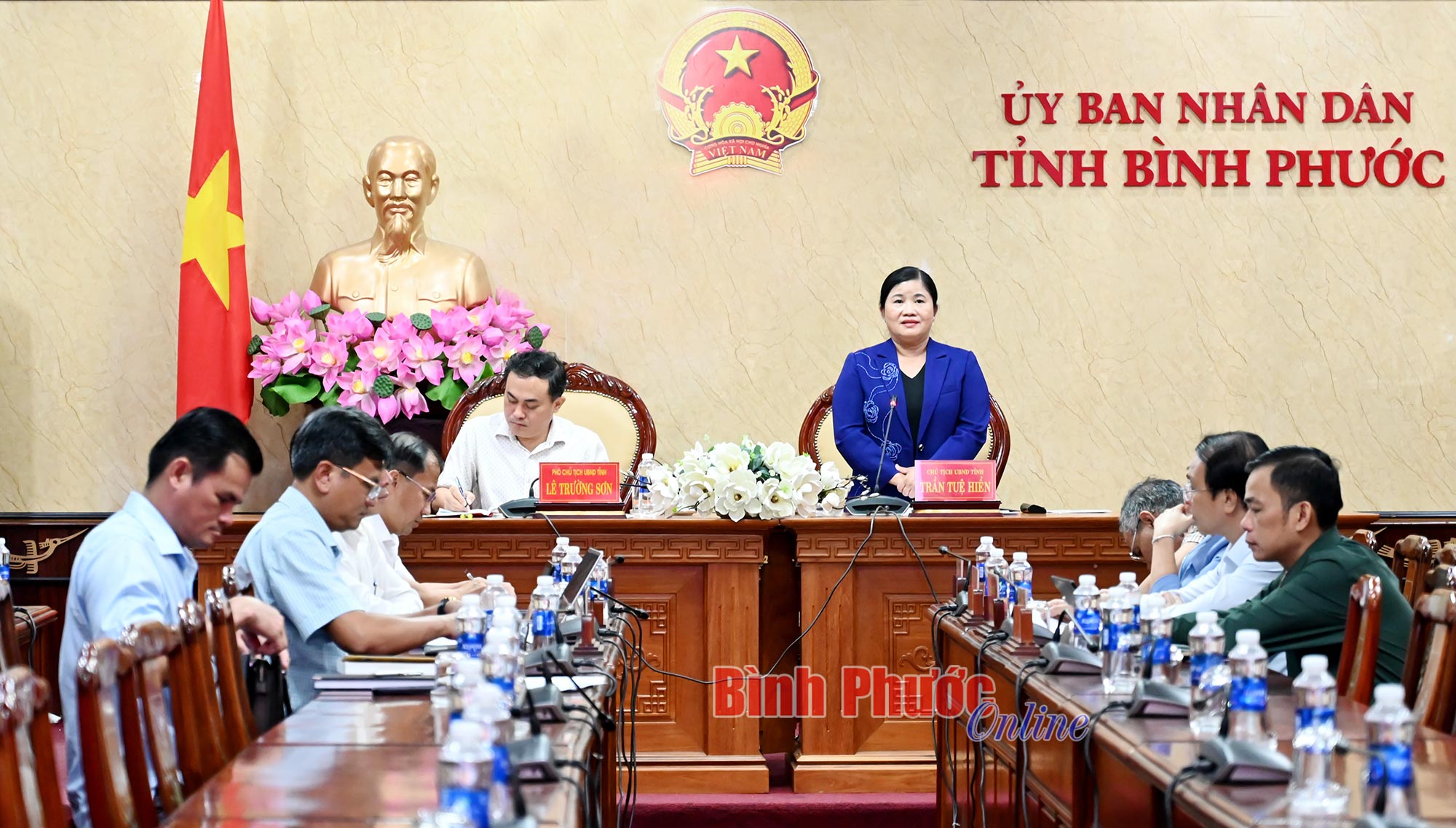


![[Photo] Visiting Cu Chi Tunnels - a heroic underground feat](https://vstatic.vietnam.vn/vietnam/resource/IMAGE/2025/4/8/06cb489403514b878768dd7262daba0b)
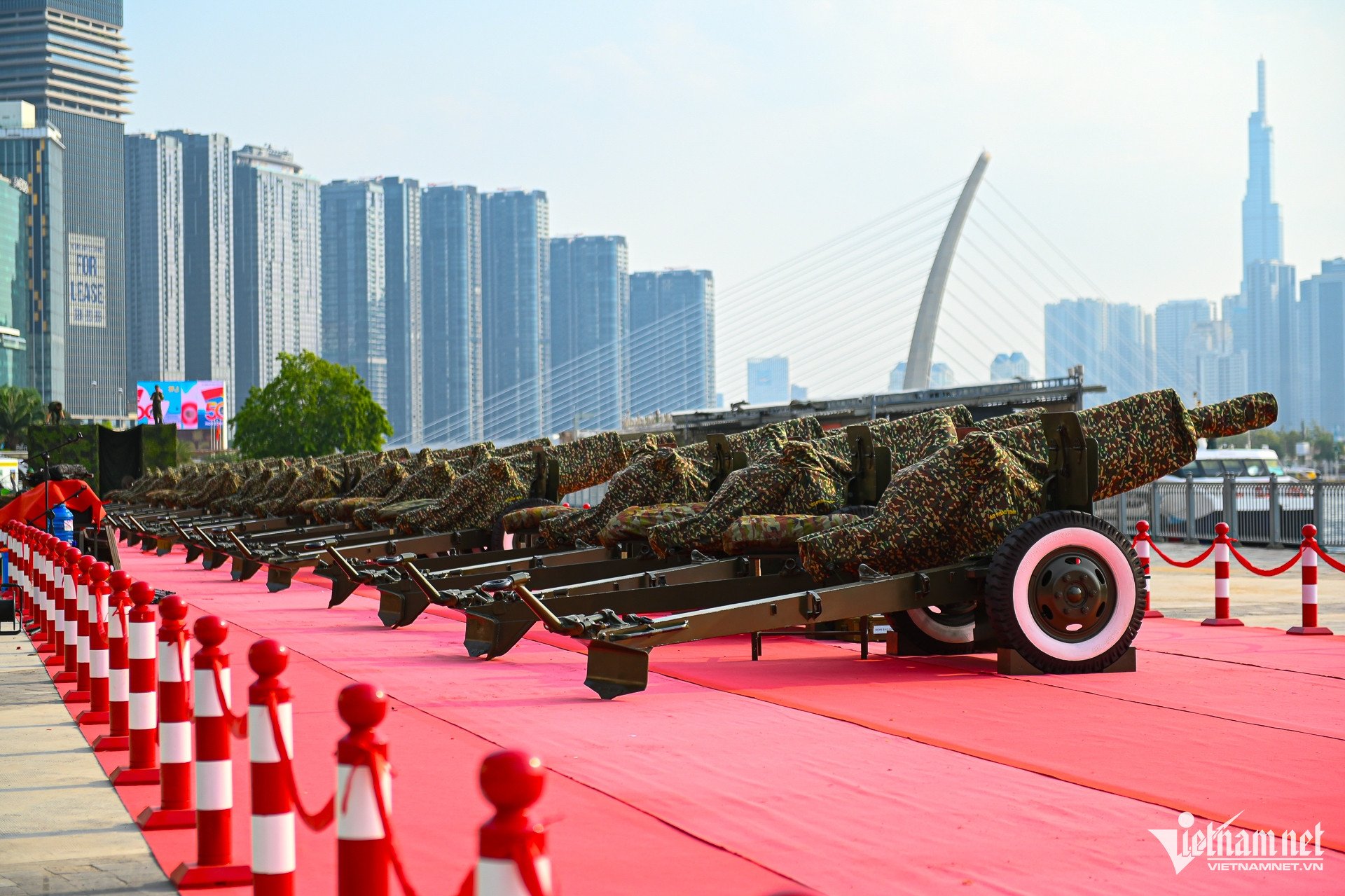










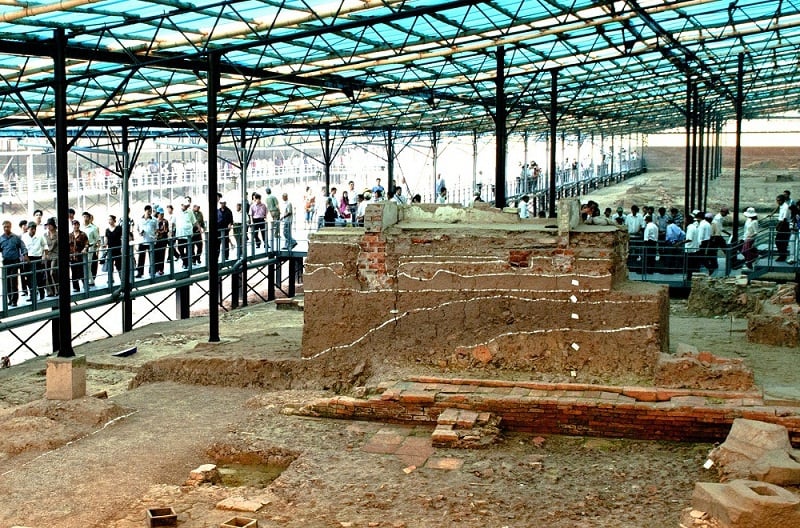



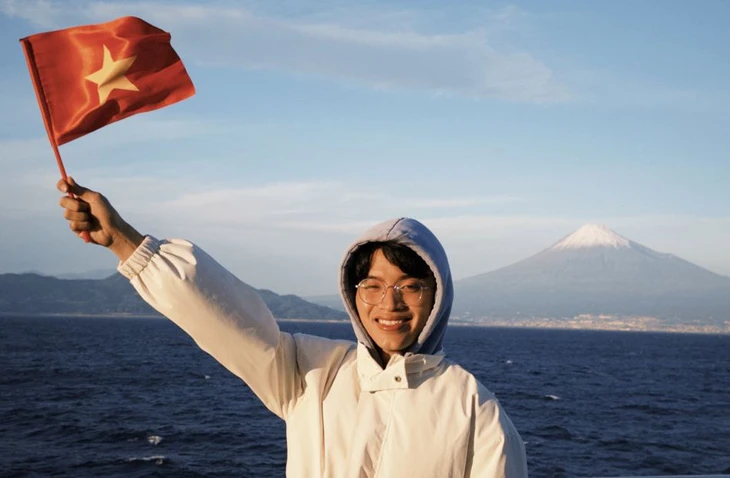

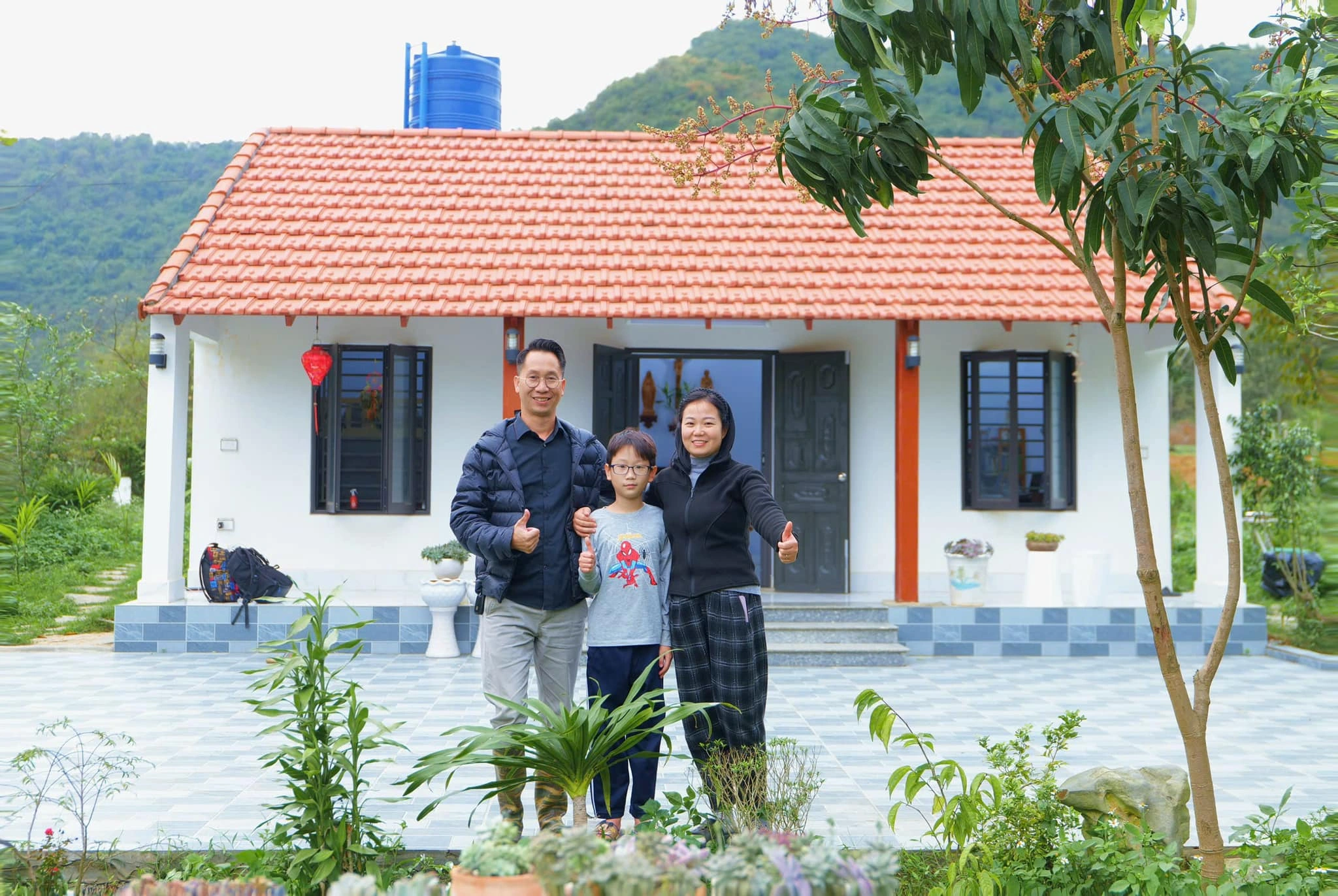

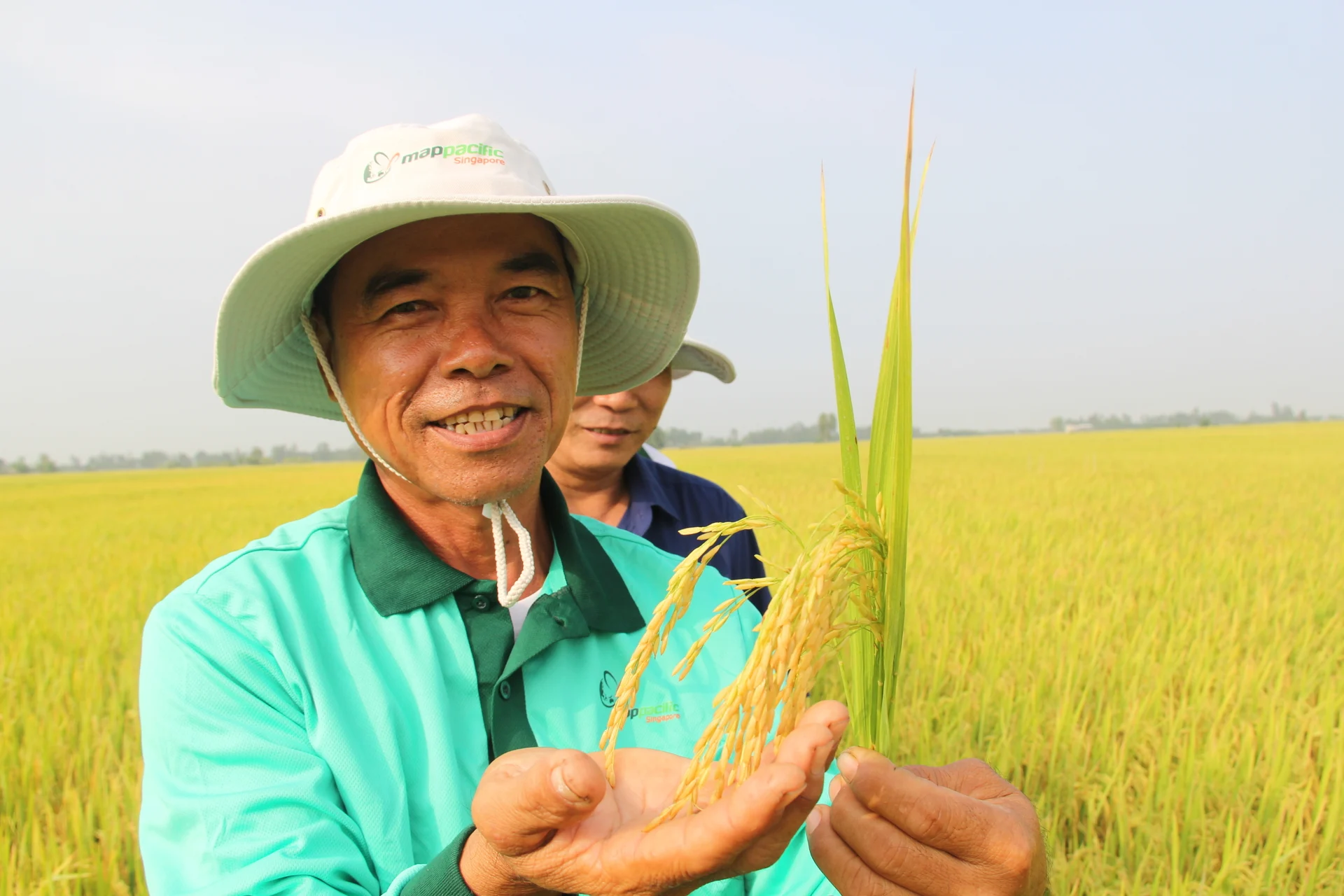






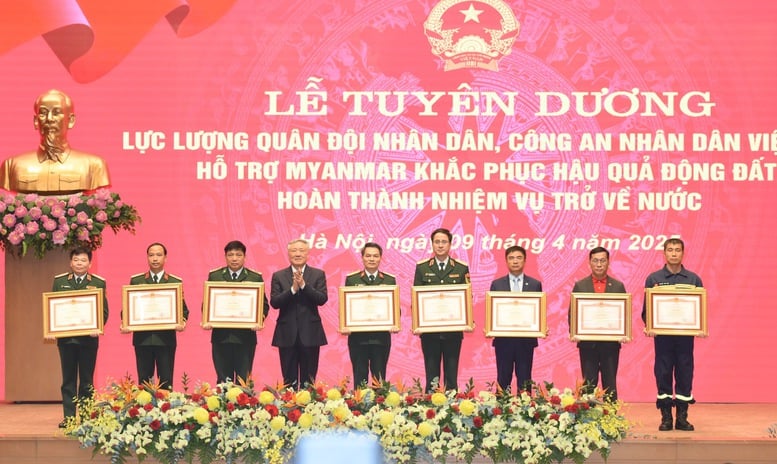


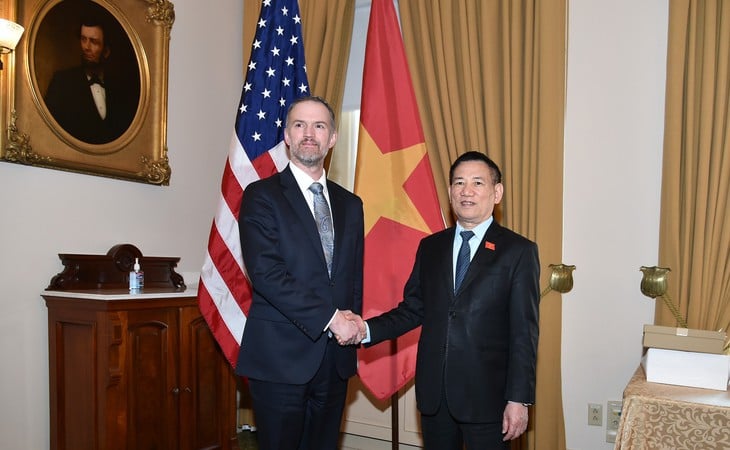

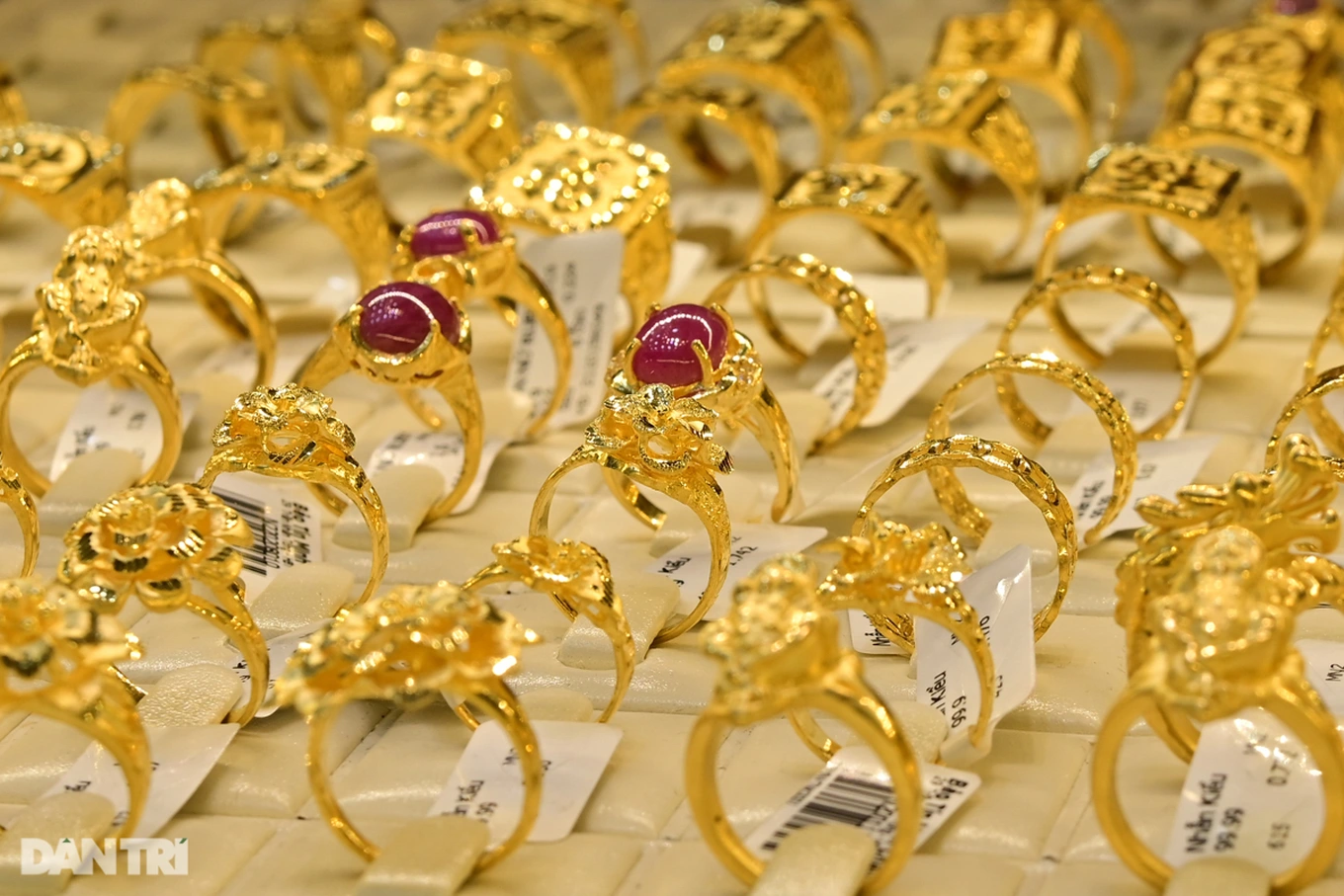


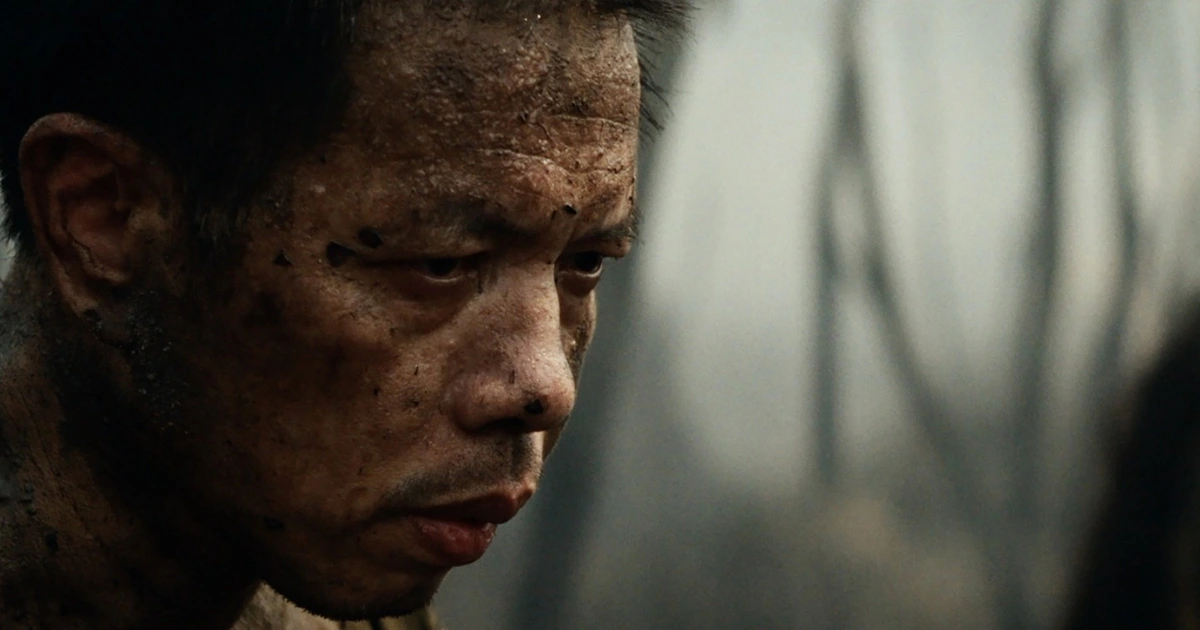








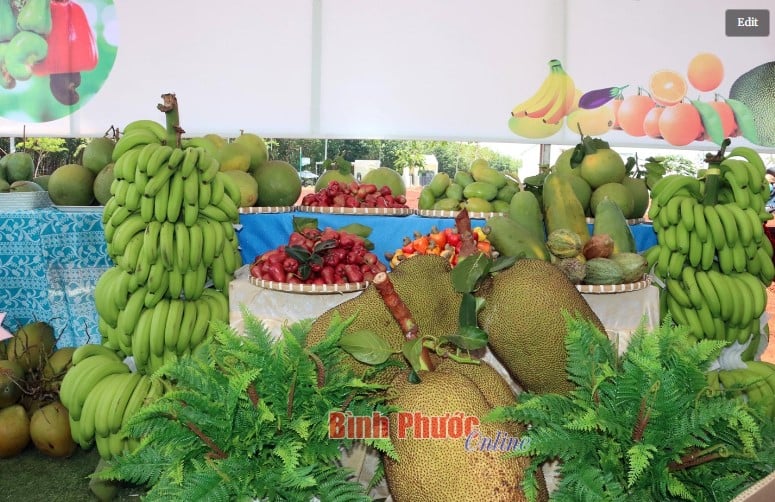


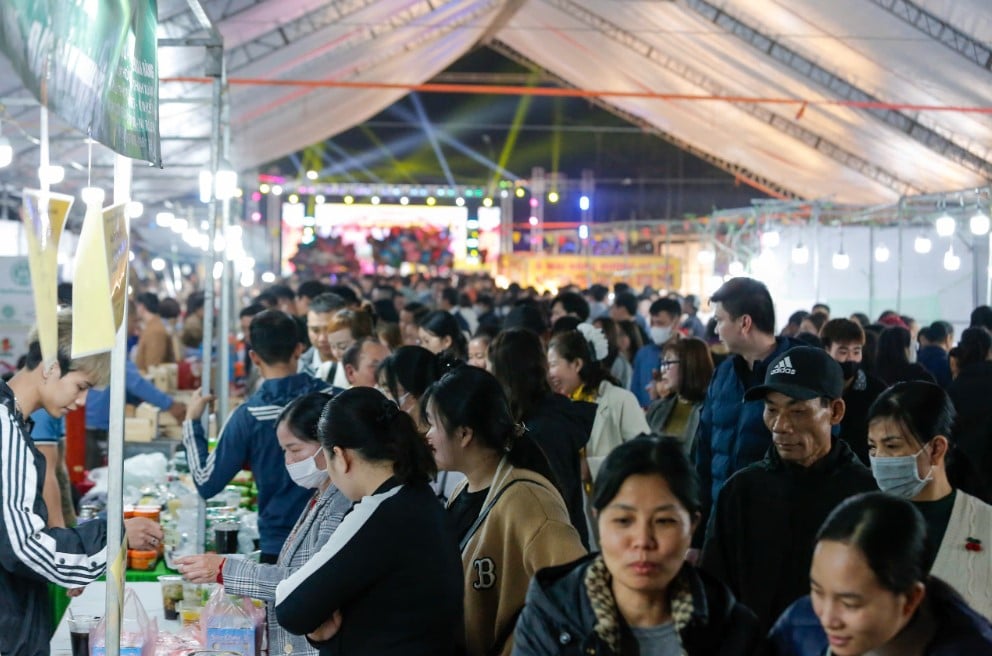


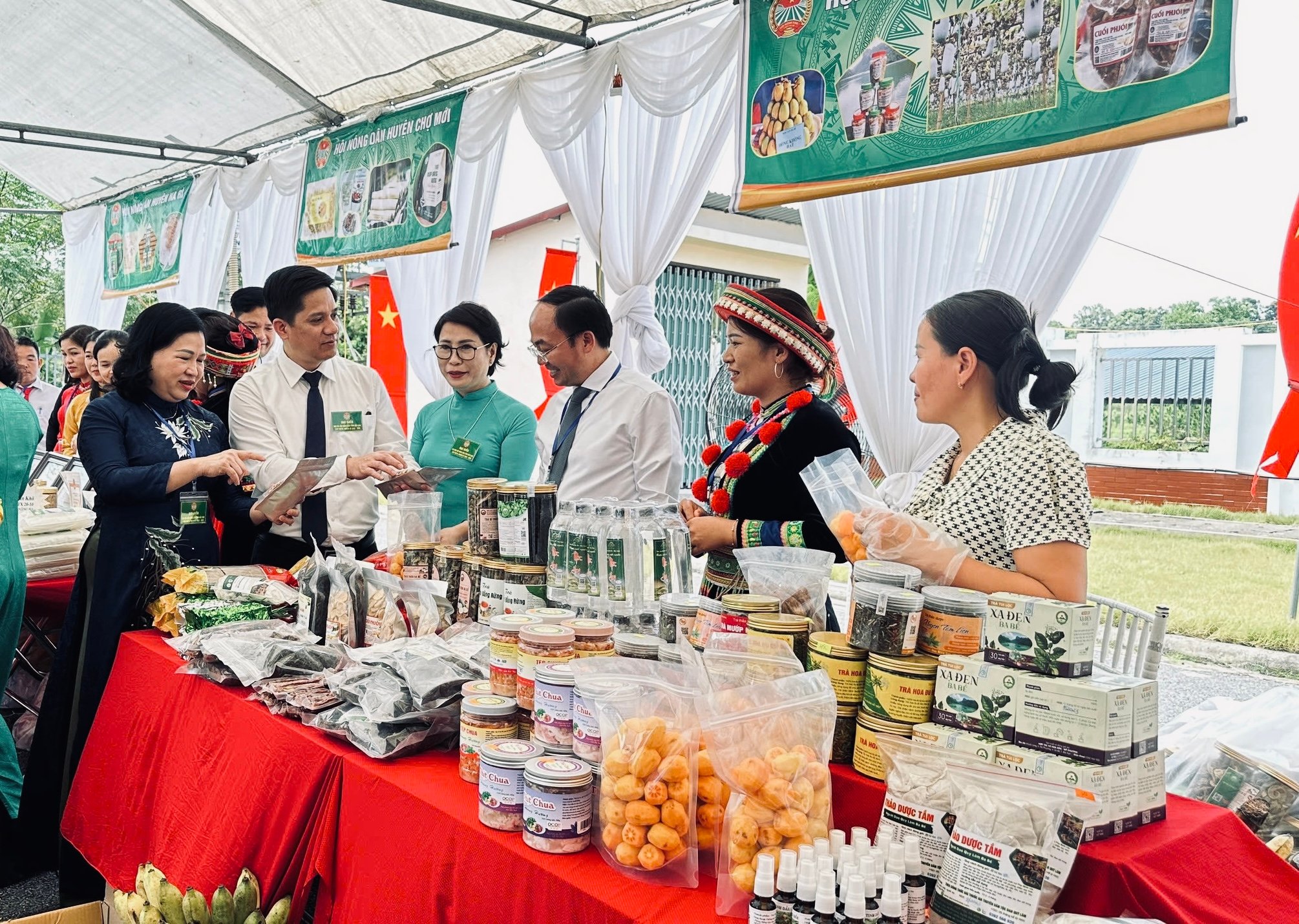
Comment (0)